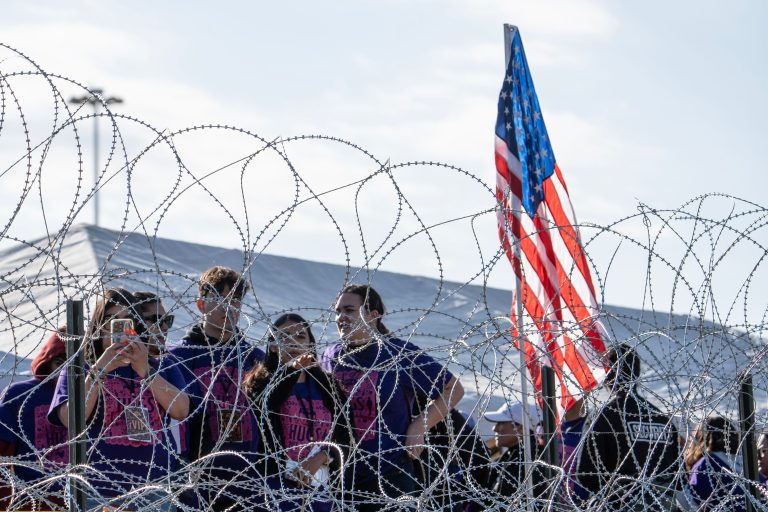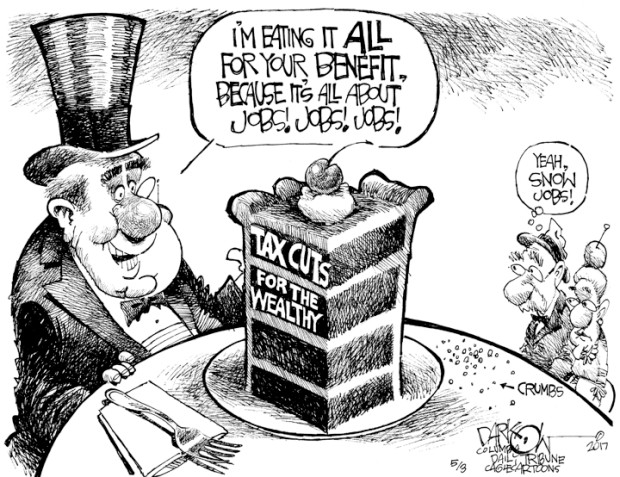

Trump’s Supreme Court Legacy: Shaping Justice for Generations to Come
Donald Trump’s presidency irrevocably altered the landscape of the U.S. Supreme Court, leaving a legacy that will resonate for decades, perhaps even centuries. His three appointments – Neil Gorsuch, Brett Kavanaugh, and Amy Coney Barrett – shifted the Court’s ideological balance decisively to the right, resulting in a series of landmark decisions impacting abortion rights, gun control, religious freedom, and environmental regulations. Understanding this legacy requires moving beyond simple partisan labels and examining the multifaceted ways these justices have reshaped the American legal system.
A Conservative Tide: Redefining Judicial Philosophy
Before Trump, the Court often saw a more moderate swing vote, leading to narrower decisions and a greater emphasis on precedent. Trump’s appointments, however, firmly established a supermajority of justices broadly identified with conservative legal philosophies, including originalism and textualism. These approaches prioritize the original intent of the Constitution’s framers or the literal meaning of the text, often leading to interpretations that limit the power of the federal government and expand the rights of individuals and corporations.
This shift is not merely a matter of political ideology; it represents a fundamental change in how the Court approaches constitutional interpretation. The emphasis on originalism and textualism has opened the door to overturning long-standing precedents, as seen in cases like Dobbs v. Jackson Women’s Health Organization, which effectively ended the constitutional right to abortion.
| Justice | Appointed By | Judicial Philosophy | Key Impact Area |
|---|---|---|---|
| Neil Gorsuch | Trump | Originalism, Textualism | Religious freedom, administrative law |
| Brett Kavanaugh | Trump | Originalism, Textualism | Criminal justice, abortion rights, gun rights |
| Amy Coney Barrett | Trump | Originalism, Textualism | Abortion rights, religious freedom, administrative law |
Beyond the Bench: Ripple Effects Across the Legal System
The impact of Trump’s Supreme Court appointments extends far beyond the Court itself. Lower courts are now more likely to align their decisions with the conservative majority’s rulings, creating a ripple effect that influences state and local laws. This phenomenon is particularly evident in areas like environmental protection, where the Court’s decisions have emboldened states to loosen regulations and limit environmental protections. The shift also impacts the role of administrative agencies, which now face increased judicial scrutiny and limitations on their rule-making power.
The Abortion Debate: A Defining Moment
The overturning of Roe v. Wade in Dobbs v. Jackson Women’s Health Organization stands as arguably the most significant and controversial decision of this era. This ruling not only ended nearly 50 years of federally protected abortion rights but also unleashed a wave of state-level legislation, creating a patchwork of access across the country. The Dobbs decision underscored the profound power of the Court to reshape fundamental rights and ignited a national debate about the role of the judiciary in a democracy.
Gun Rights and the Second Amendment:
The Court’s decisions on gun rights, notably in cases like New York State Rifle & Pistol Association v. Bruen, have significantly expanded the scope of the Second Amendment. The emphasis on historical precedent and textualism has led to rulings that restrict states’ ability to regulate firearm ownership, raising questions about public safety and the balance between individual rights and community well-being.
The Future of Judicial Power:
Trump’s Supreme Court legacy is not simply a collection of individual decisions; it is a fundamental reshaping of the Court’s role in American society. The increased emphasis on originalism and textualism, combined with the assertive approach of the conservative majority, raises questions about the future of judicial power and the balance between judicial review and democratic accountability. The long-term implications of these changes remain to be seen, but one thing is certain: Trump’s appointments will continue to shape American law and society for many years to come. The debates sparked by these decisions will likely define the legal and political landscape for generations. The true measure of this legacy will only become fully apparent as the years unfold and the Court continues to grapple with the complex challenges facing the nation.

Additional Information
Trump’s Supreme Court Legacy: A Deeper Dive into Shaping Justice for Generations
Donald Trump’s presidency irrevocably altered the composition and, consequently, the trajectory of the U.S. Supreme Court. His three appointments – Neil Gorsuch, Brett Kavanaugh, and Amy Coney Barrett – shifted the Court’s ideological balance decisively to the right, creating a 6-3 conservative majority with potentially far-reaching consequences for decades to come. Analyzing this legacy requires moving beyond simple ideological labels and examining specific jurisprudential shifts, potential impacts on various sectors, and the ongoing debate surrounding his appointments.
1. Jurisprudential Shift: Beyond “Originalism”
While all three justices are often categorized as “originalists,” a closer examination reveals nuances and variations in their approach. Gorsuch, for instance, leans towards textualism, emphasizing the literal meaning of the Constitution’s text. Kavanaugh’s jurisprudence demonstrates a more pragmatic approach, often balancing original intent with considerations of precedent and societal impact. Barrett, known for her strong adherence to originalism, has also shown a willingness to engage with evolving social contexts, particularly in cases involving religious freedom. This internal diversity within the conservative bloc potentially introduces complexities and unpredictable outcomes in future rulings, challenging the simplistic notion of a unified, monolithic conservative court.
2. Impact Across Sectors:
Trump’s appointments have already yielded significant changes in various areas:
-
Voting Rights: The Court’s decisions on voting rights have become increasingly restrictive under the new majority, potentially disenfranchising certain segments of the population. Cases like Brnovich v. DNC (2021), which upheld Arizona voting restrictions, exemplify this trend. This suggests a future where access to the ballot box might become more challenging, particularly for minority groups and those in economically disadvantaged communities. Statistical analysis comparing voter turnout before and after these rulings could quantify the potential impact.
-
Reproductive Rights: The overturning of Roe v. Wade in Dobbs v. Jackson Women’s Health Organization (2022) represents a seismic shift in reproductive healthcare access, potentially leading to a patchwork of state laws and significant disparities in care. The long-term effects on maternal mortality rates, particularly among marginalized communities, warrant careful study.
-
Environmental Regulations: The Court’s increased skepticism towards federal environmental regulations, as seen in cases affecting the Clean Air Act and the Environmental Protection Agency’s authority, could significantly hinder efforts to combat climate change and protect natural resources. Economic modeling could assess the potential cost of relaxed environmental standards on public health and the economy.
-
Religious Freedom: The Court’s decisions on religious freedom demonstrate a trend toward expanding religious exemptions, often with implications for public accommodation laws and LGBTQ+ rights. Analyzing the frequency and nature of such cases under the Trump-appointed justices, compared to previous courts, could highlight the extent of this shift.
3. The Appointment Process and its Legacy:
The confirmation processes of Kavanaugh and Barrett were highly contentious, characterized by intense partisan polarization and accusations of political maneuvering. This fueled concerns about the erosion of institutional norms and the legitimacy of the Court itself. The long-term impact of this highly charged political environment on public trust in the Supreme Court remains to be seen. Further research exploring public opinion data on the Court’s legitimacy before and after these appointments is crucial.
4. Future Predictions and Uncertainties:
Predicting the future trajectory of the Court with absolute certainty is impossible. While the current 6-3 conservative majority creates a strong presumption of continued conservative influence, internal disagreements within the majority, evolving societal norms, and the possibility of future appointments could introduce unforeseen complexities. The justices’ ages also play a role; future presidential administrations will undoubtedly shape the court’s composition and direction in the coming decades.
In conclusion, Trump’s Supreme Court legacy extends far beyond the simple appointment of three conservative justices. It represents a profound and multifaceted shift in the Court’s ideological balance, jurisprudential approaches, and its relationship with the broader political landscape. Understanding the full impact of this legacy will require ongoing, rigorous analysis across diverse legal and social science disciplines, paying close attention to the real-world consequences of the Court’s decisions on American society.



